I wonder how many of the approximately 30,000 ‘special’ people who are on their way to Glasgow for COP26 know that 78 per cent of the atmosphere is made-up of nitrogen. I asked this question of a group of retired professionals just yesterday and there was silence. My second question was about oxygen and a retired airline pilot answered correctly: she said that 21 per cent of the atmosphere is oxygen.
My late father was an agronomist who once worked for CSIRO and for a period led aid programs in different parts of Southeast Asia – he always used to say that his big issue was working out how to get more nitrogen into the soil because it was so important for plant growth.
I just asked my husband – a chemist who once worked in pulp and paper – what the cardboard box on the floor beside my desk would be composed of. He ventured about 40 per cent carbon, 40 per cent oxygen,10 per cent hydrogen and 10 per cent other elements. The box is empty so inside it would be about 78 per cent nitrogen and 21 per cent oxygen with trace amounts of carbon dioxide.
While few people seem to know that carbon dioxide makes up only 0.04 per cent of the Earth’s atmosphere, I’m often told that carbon dioxide is a greenhouse gas: FACT!
They do shout the bit about it being a ‘fact’, as though that makes it special because it proves that carbon dioxide is warming the Earth. But it doesn’t. The fact that carbon dioxide is a greenhouse gas is meaningless if we don’t place this in some context given the complexity of real-world physics and chemistry when it comes to climate change.
There are other greenhouse gases, including water vapour which spectroscopy has shown to be 12 times more active than carbon dioxide in long-wave radiation absorption and re-radiation. This is because water vapour is both more abundant and absorbs the long-wave radiation over a larger band of wavelengths.
An important research paper published 20 years ago by Richard Lindzen, Ming-Dah Chou and Arthur Hou (Bulletin of the American Meteorological Society, Volume 81) contradicts the popular IPCC-endorsed theory that water vapour concentrations increase with atmospheric carbon dioxide concentrations, causing a positive feedback and thus more global warming as the consensus theory goes. Specifically, Lindzen et al. showed that the area of upper-level cirrus cloud decreased as temperatures increased in the tropics, providing negative feedback that cancels any positive water-vapour feedback.
I know this is more information than most people who want to be an expert on carbon dioxide care to think about. In fact, even those who are experts on carbon dioxide and climate change would prefer not to know about the Lindzen et al. 2001 paper. The response to that paper was for the editor of that publication, the Bulletin of the American Meteorological Society, to be immediately replaced. The next issue of the Bulletin contained an attack, not in the form of a letter (to which Richard Lindzen would have immediately replied had he been given an opportunity) but as a separate article (Hartmann & Michelsen 2002). The title of the article was ‘No Evidence for Iris’, with the new editor appending a subtitle ‘Careful analysis of data reveals no shrinkage of tropical cloud anvil area with increasing sea surface temperature (SST)’. This rebuttal muddled Lindzen et al.’s method but did have a compelling title.
Facts often need context, but in the case of world-wide polar bear numbers it is straightforward: since bans on hunting were introduced in the 1970s numbers have increased from about 10,000 in the late 1960s to an official estimate of 26,000 in 2015. Surveys conducted since then, by those reluctant to report a further increase, suggest a modest 28,500 bears. When estimates for subpopulations are added to this, the more realistic number becomes 39,000 – that could be rounded to 40,000.
The bottom-line is that despite a reduction in sea ice at the North Pole over this same period, there has been an increase in polar bear numbers. Which is good news that runs contrary to the zeitgeist.
Successful Australian businesswoman Gina Rinehart reported the increase in polar bear numbers in a lecture she gave to her former girls’ school; it sent the ‘fact’ checkers at the Australia Broadcasting Corporation (ABC) into a spin resulting in a long essay that was short on facts and big on snow. How dare Ms Rinehart – whose profits from mining fund them – have an opinion on bears. I suspect Twiggy Forest is allowed to have an opinion on bears because he knows better than to explain that despite a decrease in the amount of ice at the North Pole, polar bear numbers have been increasing.
It is a fact that over the last few decades there has been an overall decrease in the amount of ice at the North Pole, but there has been a contrasting increase in the amount of ice at the South Pole. It is also a fact that should all the remaining ice melt at the North Pole it will have hardly any effect on global sea levels because it is sea ice not land ice. Should all the ice melt at the South Pole, well this could cause global sea levels to rise by some 70 metres. So, we might be grateful that it is trending as it is, with more ice at the South Pole even though there are no polar bears there. But whenever I talk about the South Pole to those wishing they were off to Glasgow I’m told I should be talking about the North Pole as though I am trying to trick them with any mentions of the South Pole.
Just yesterday I was told that what is most important is not that carbon dioxide is a greenhouse gas or the amount of new ice accumulating at the South Pole, but that atmospheric carbon dioxide concentrations are increasing. When I ventured that this could be a consequence of increasing temperatures I was shouted at. Specifically, I was told that while atmospheric levels of carbon dioxide-increase does lag behind temperature increases, this is not relevant, and this does not prove that carbon dioxide is not a greenhouse gas. I had to write that down to check I wasn’t missing something, that I was being thrown a non sequitur.
It is difficult having a rational and logical discussion with a true believer. I suspect they get very emotional very quickly, because climate change is a topic to which they are very attached, while knowing really very little about. It is something like an infatuation – not to be scrutinised, lest the feeling dissipates, and the individual find themselves all alone again and without a cause.
If none of this makes sense to you, it is probably a good thing that you are not going to Glasgow where they could probably be convinced that 78 per cent of the atmosphere is carbon dioxide and 21 per cent oxygen with this percentage rapidly declining with every new coal fired power station.
If you do want a day-by-day account of what is happening in Glasgow consider signing up to the IPA’s daily newsletter for the period of COP26, Net Zero.
Each of these daily newsletters will include commentary from Aynsley Kellow who is Professor Emeritus of Government, University of Tasmania, and author of Negotiating Climate Change: A Forensic Analysis and Transforming Power: The Politics of Electricity Planning – and an all-round sensible fellow. Following is his contribution just yesterday:
Australia has an embarrassment of riches. It possesses vast resources of high quality coal, both coking coal (for iron ore production) and steaming coal (for energy production), with low sulphur and low ash. Much of it can be mined at low cost by open cut methods. This endowment has become an embarrassment because coal combustion gives rise to the emission of the highest levels of CO2 of all the fossil fuels. Australia exports both large quantities of coal and of energy-intensive products like aluminium, so that emissions occur here rather than in consuming nations.
On the other hand, Australia has a vast land area and a dispersed, though comparatively centralised, (growing) population, so transportation requires more energy than is the case with many other nations, with fossil fuels powering this.
Both these factors make reducing greenhouse gas emissions in Australia difficult and relatively costly. How should it respond to the challenge of anthropogenic climate change?
Many Australians are under the impression that it can meet the challenge easily and cheaply. ALP leader Anthony Albanese stated in an interview on 20 October 2021, that renewables were now the cheapest form of electricity, suggesting that wind generators, solar panels and electric transportation would make the response an easy one.
But this was wrong – and typical of the mistaken beliefs of many renewables enthusiasts.
Non-hydro renewables have indeed become much cheaper when measured by what is called the Levelised Cost of Energy (LCOE), (which is a tool used to do comparisons, see here for example) although spot prices of the polysilicon used to make solar panels have increased six-fold in the past year, thanks largely to the energy problems that have beset China and elsewhere. But LCOE misses many of the disadvantages and costs of renewables in an electricity system. What matters is the System Levelised Cost of Energy, and when this is considered, renewables cannot compete. Moreover, while their cost has declined markedly, the cost curve for both wind and solar has followed that typical of new technologies and flattened out – suggesting most of the cost reductions have already accrued.
The problems with renewables stem from the fact that they are intermittent and weather-dependent. Solar cannot produce electricity at night and its output is reduced when there is heavy cloud – such as that which crashed the network in Alice Springs a year or so back. Wind is variable and ‘wind droughts’ can occur for hours or even days.
A heavily renewables system requires storage, and storage Is expensive, driving its cost above coal. Storage is necessary on an inter-day as well as intra-day basis, and even inter-seasonal. The capacity factor of renewables is often 25-30 per cent, so to meet average demand a generating capacity of three or four times the average is required – in fact more, because storage and discharge is often of the order of 85 per cent efficient, so storage consumes perhaps 15 per cent.
Storage is expensive. The US group Environmental Progress has calculated that it would require 15,280 storage centres the size of the largest existing in the US to provide 4 hours back-up for the US grid at a cost $764 billion, and 696 Hornsdale (South Australian) batteries are required to provide just 4 hours of backup power for the Australian grid. But that is only intra-day storage. What of inter-day storage?
The United Kingdom has recently had to fire up a retired coal-fired station because of a shortage of gas (especially inadequate storage capacity) and problems with the cable that allows it to draw on France’s predominantly nuclear capacity. But it has also experienced a prolonged period of very low winds – lots of what the Germans call a Dunkelflaute (dark doldrums) days.
This prompted Professors Peter Edwards and Peter Dobson and Dr Gari Owen to calculate the cost of backup required for a 50 per cent renewables UK and a 100 per cent renewables UK. Their estimate for 50 per cent was £1.5Trillion ($A2.75T) and £3T ($A5.5T) for 100 per cent renewables. If anything, this was an underestimate, because it assumed 100 per cent efficiency of storage. But, of course, it was assumed that there was adequate excess renewable generation capacity pre-Dunkelflaute to charge the battery storage. (It should be noted that the UK system is of the same order of magnitude as that of Australia, but has fewer solar resources).
Renewables also incur substantial network costs. Non-hydro renewables have a very low density and considerable land-use requirements. To transmit the energy generated – which is Direct Current (DC) and must be run through an inverter to synchronise with the Alternating Current (AC) grid frequency – vast additional transmission resources are required, and must be capable of coping with peak generation, but with only 25-30 per cent utilisation. (Because of the DC rather than AC issue, a largely renewables system lacks the inertia of a traditional electricity system which is underloaded with a ‘spinning reserve’ to cope with fluctuations in generation or load; the presence of high levels of renewables on the system requires batteries like the one in South Australia to stabilise voltage and frequency).
Moreover, if renewable electricity is to replace petroleum fuels for transportation (directly or in hydrogen fuels), huge amounts of additional capacity will be required.
Any sensible energy policy must consider all sources: nuclear, hydro, renewables and coal. Simply writing coal out of the equation because it generates the most CO2 per unit of electricity is simplistic foolishness. Technological advances mean that coal-fired electricity can produce cheap, reliable electricity with substantially lower GHG emissions, and therefore reduce Australia’s emissions if it were to replace existing plants. (It is also significant for developing countries, which are likely to want to industrialise and do so economically).
GE is now marketing advanced ultra-supercritical (AUSC) technology, calling it SteamH. SteamH combines steam plant technology operating with advanced ultra-supercritical conditions and a digital power plant data platform called Predix. GE claims 49.1 per cent efficiency for AUSC, and the first plant, Pingshan power plant phase two in China of 1350MW was commissioned in December 2020. The average efficiency of the existing global coal fleet is 34 per cent, and every 1 per cent improvement in efficiency can reduce GHG emissions by 2–3 per cent. So AUSC could reduce emissions from coal-fired power stations by 30–45 per cent if they were replaced by best available technology.
Unfortunately, current Australian policy settings effectively preclude the construction of an AUSC station, and a crunch is looming. As noted above, the LCOE of renewables is usually quoted, but the effect of expanding renewables capacity on the reliable, dispatchable system is being ignored. In point of fact, the expansion of renewables is cannibalising the dispatchable capacity, because it is effectively parasitic on the system.
The economics of renewables in a traditional, dispatchable system is well established. While the value of renewables initially increases, its value declines as its share of total generation increases. Australia’s renewables share has now passed 20 per cent and the value of additional renewables capacity will in future decline considerably as backup and network cost accumulate. Coal cannot compete with subsidised, privileged near zero marginal cost renewables, so lower capacity factors destroy the value of existing generation plant.
In addition to the greenhouse gas (GHG) emissions and economics of different energy sources it is also important to note their resource requirements, life cycle impacts and other environmental impacts. For example, it has been estimated that the installation of sufficient wind turbines to meet US demand would increase the surface temperature of the country by 0.24°C mostly at night (when the increase would be 1.5°C).
But the really telling evaluation of renewables is in their resource impacts, especially compared with nuclear energy. For the same energy production, solar energy requires about 450 times the land area of nuclear and wind 400 times. Wind requires seven times the amount of concrete of nuclear, and solar about two and a-half times. Each of them requires about 17 times as much steel. Add in copper for generators and transmission.
What also must be considered is the energy consumed in the production of renewables, much of it in China where most PV panels and many wind turbines are manufactured, using coal-fired energy. Moreover, the manufacture of PV panels releases solvents such as sulphur hexafluoride and nitrogen trifluoride, with Global Warming Potential numbers about 20,000 times that of CO2.
When it comes to the end of economic life, solar panels produce 300 times the amount of waste as does nuclear energy, and both wind and solar are made of composite materials that are difficult to recycle, so most are currently sent to landfill. Both are at risk from extreme weather, and catastrophic failure of wind turbines is well-documented.
Then there is the well-documented impact on birds and bats, an impact that extends to solar thermal generation, where the focused sunlight turns unwary birds into ‘streamers’.A balanced energy policy must consider all sources and all their advantages and disadvantages – including all environmental impacts.
Looking only at coal-fired electricity generation without considering best available technology or the GHG emissions related to renewables regardless of where they are released is not a wise climate change policy.
Simplistic responses such as attempting to ban coal simply opens the door for rent seekers who have invested in the alternatives while shutting another door – that to economic development for the millions who lack access to affordable energy and the opportunity for the prosperity we take for granted.
Thanks for reading this far.
Dr Jennifer Marohasy
PS Thanks to Dr Arthur Day – who is also contributing to the daily newsletter – for the chart that features at the very top of this note. It does seem to be the case that atmospheric concentrations of carbon dioxide are unaffected by all the meetings and also the reduction in air travel due to Covid, etc. Could it be that atmospheric carbon dioxide is increasing because of ocean degassing and this has absolutely nothing to do with us? It is what would be expected from the solubility curve of carbon dioxide in water. Some of the little bumps on the line can be traced to volcanic events with the oceans scavenging any excess carbon dioxide from volcanic events within about 2 years.
*******
This was written for my monthly e-newsletter and is republished here by popular request. If you want to be sure to get something from me once a month in your inbox, then subscribe to my e-news, by clicking here and then scrolling down.


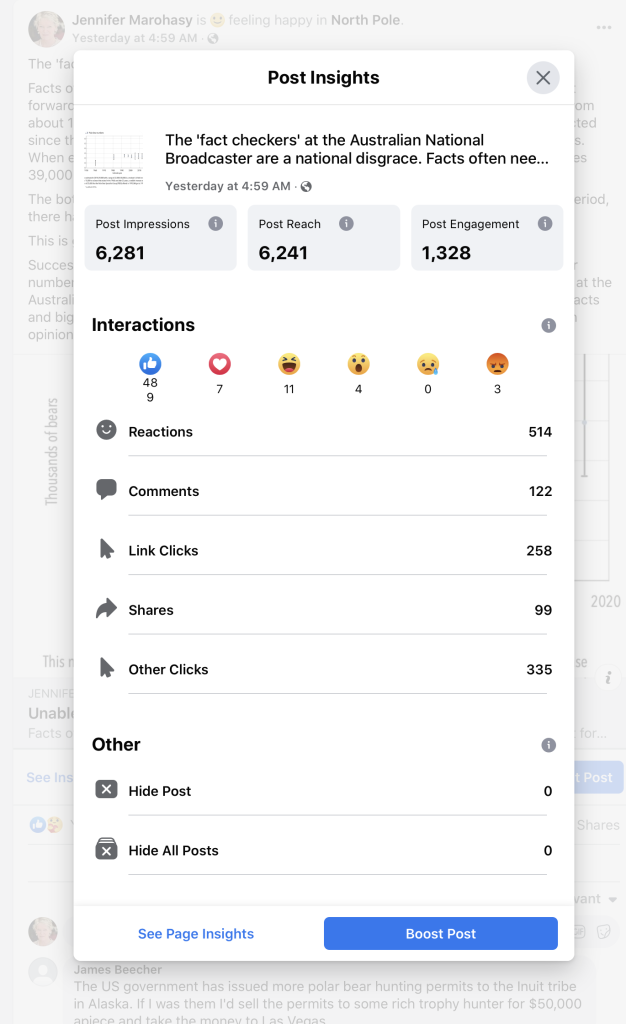
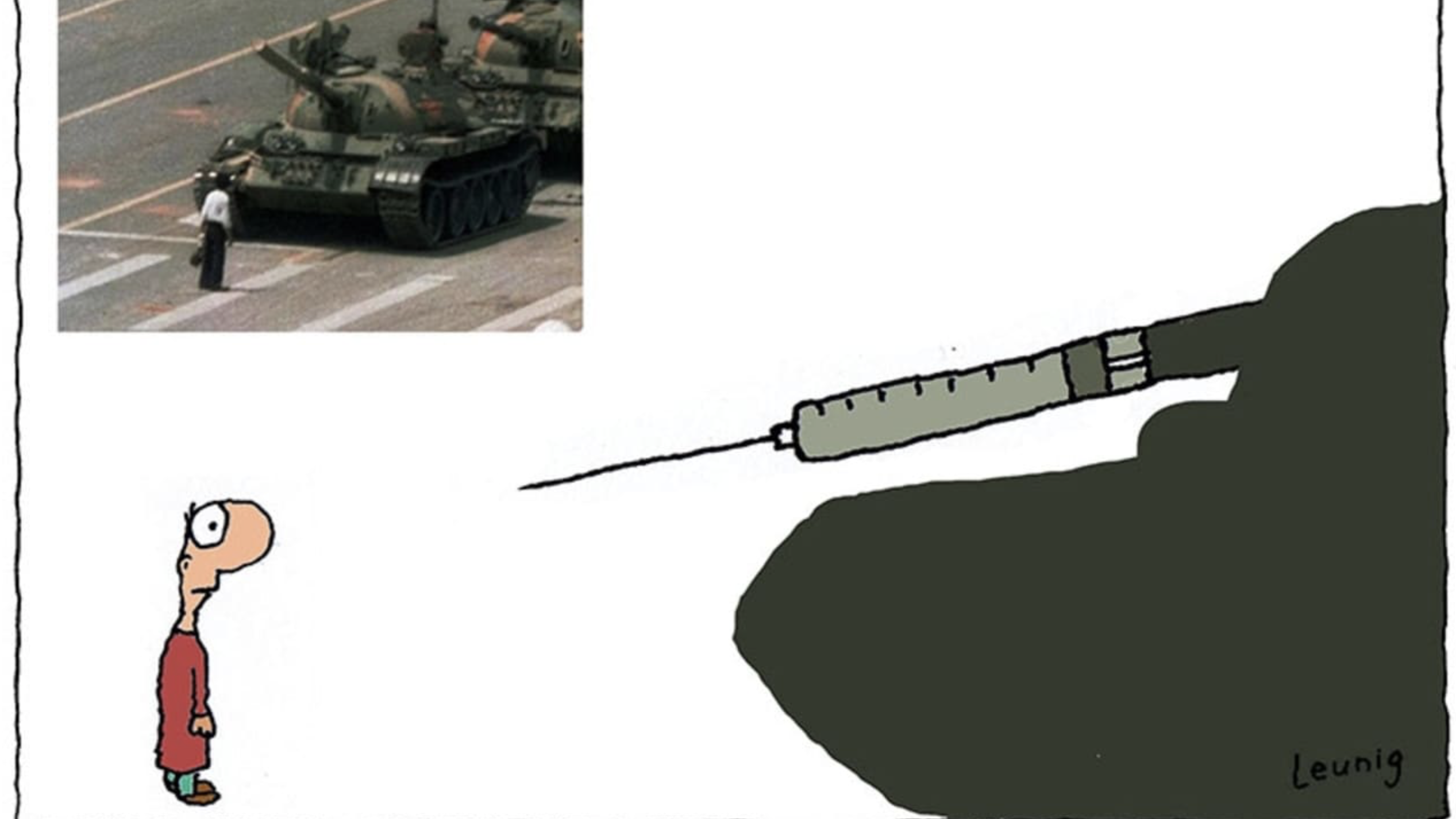
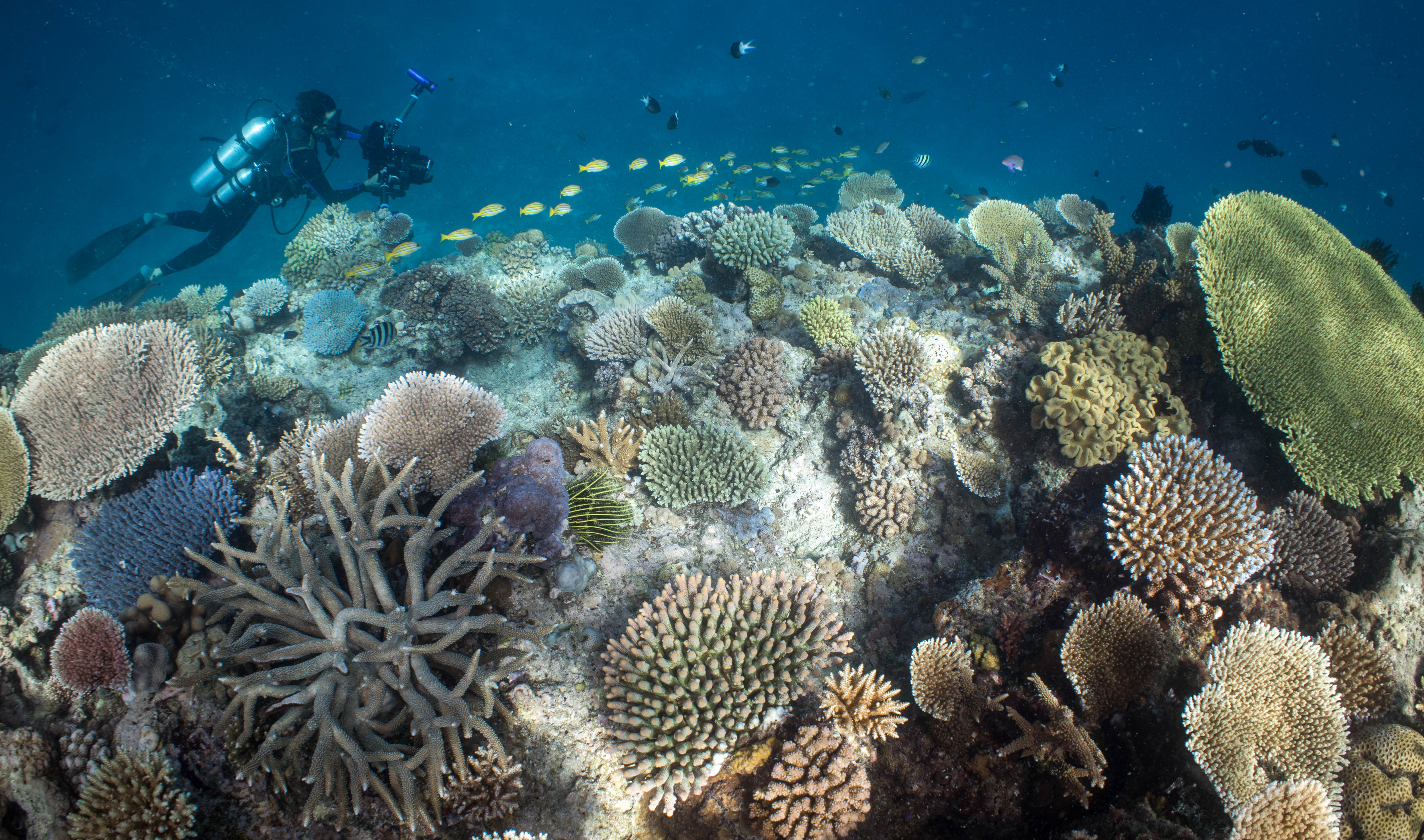
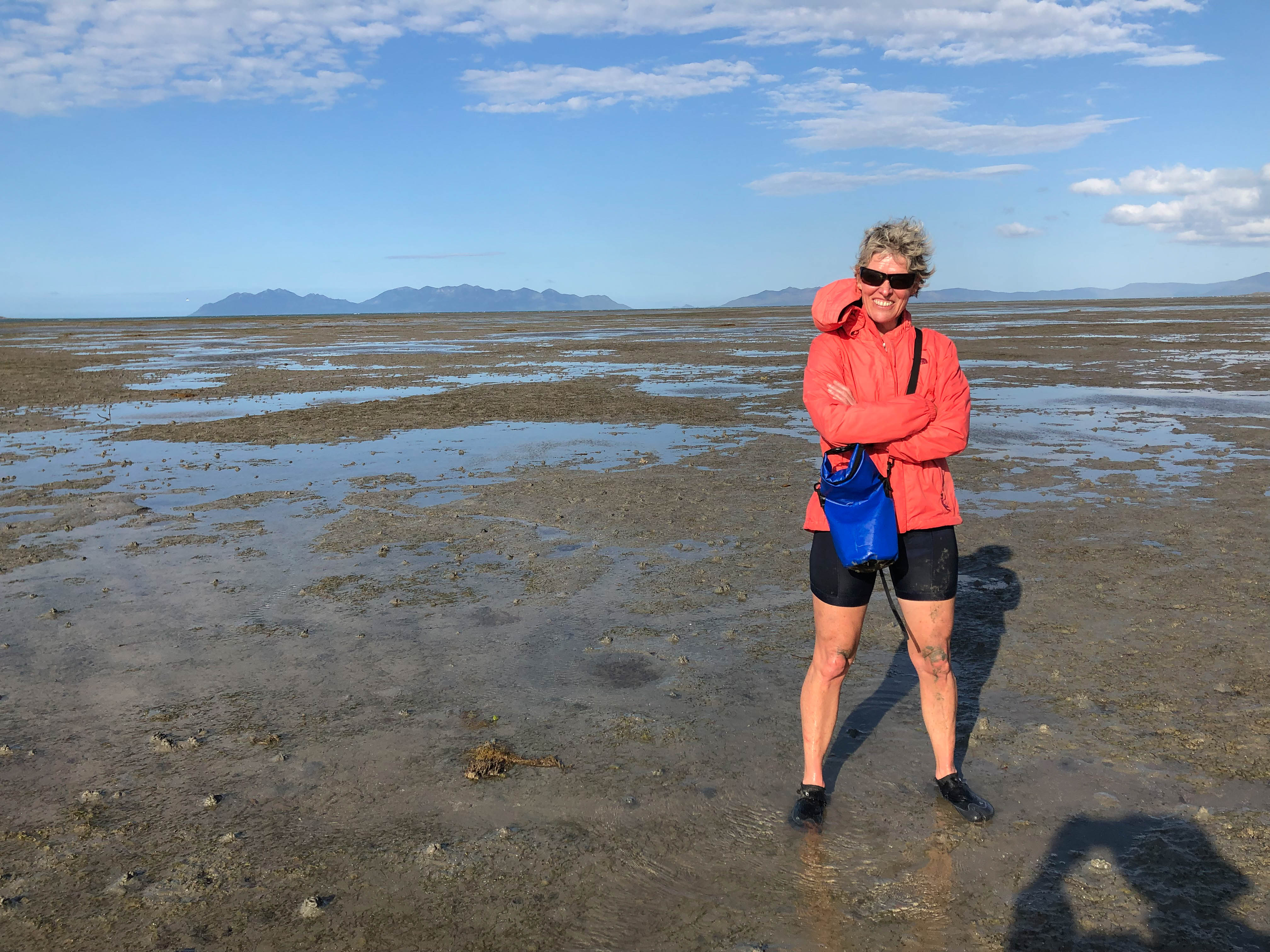
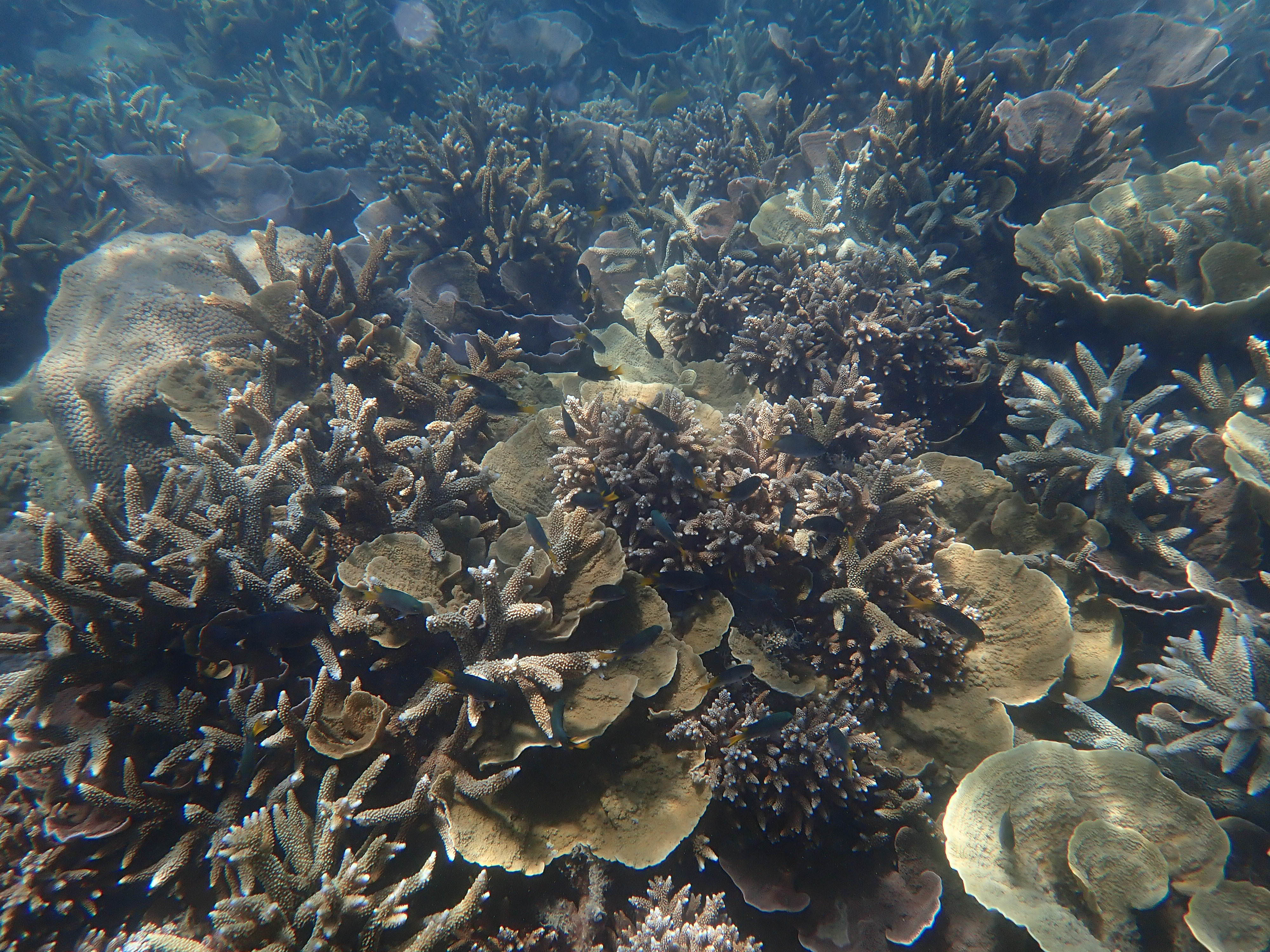
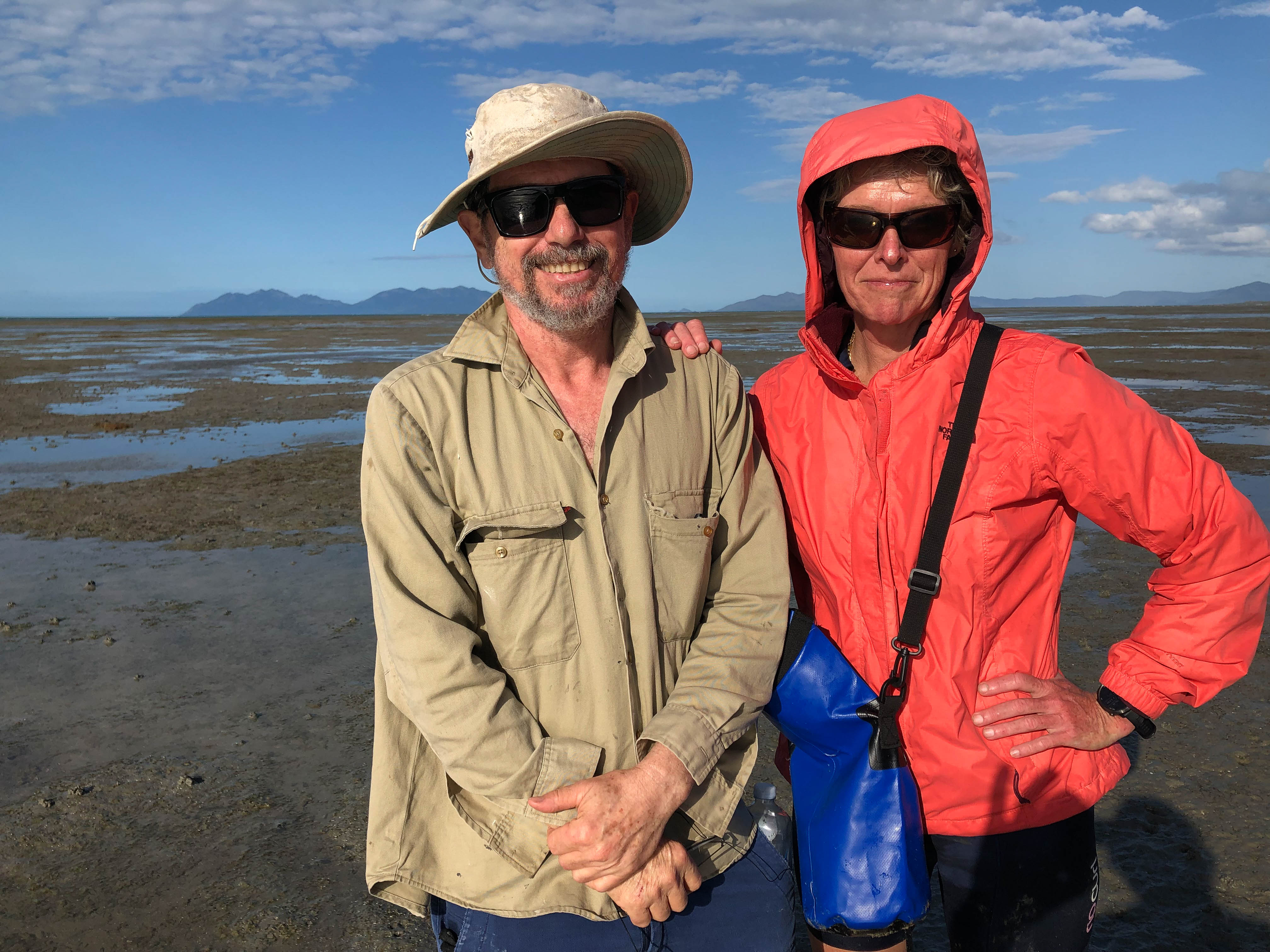
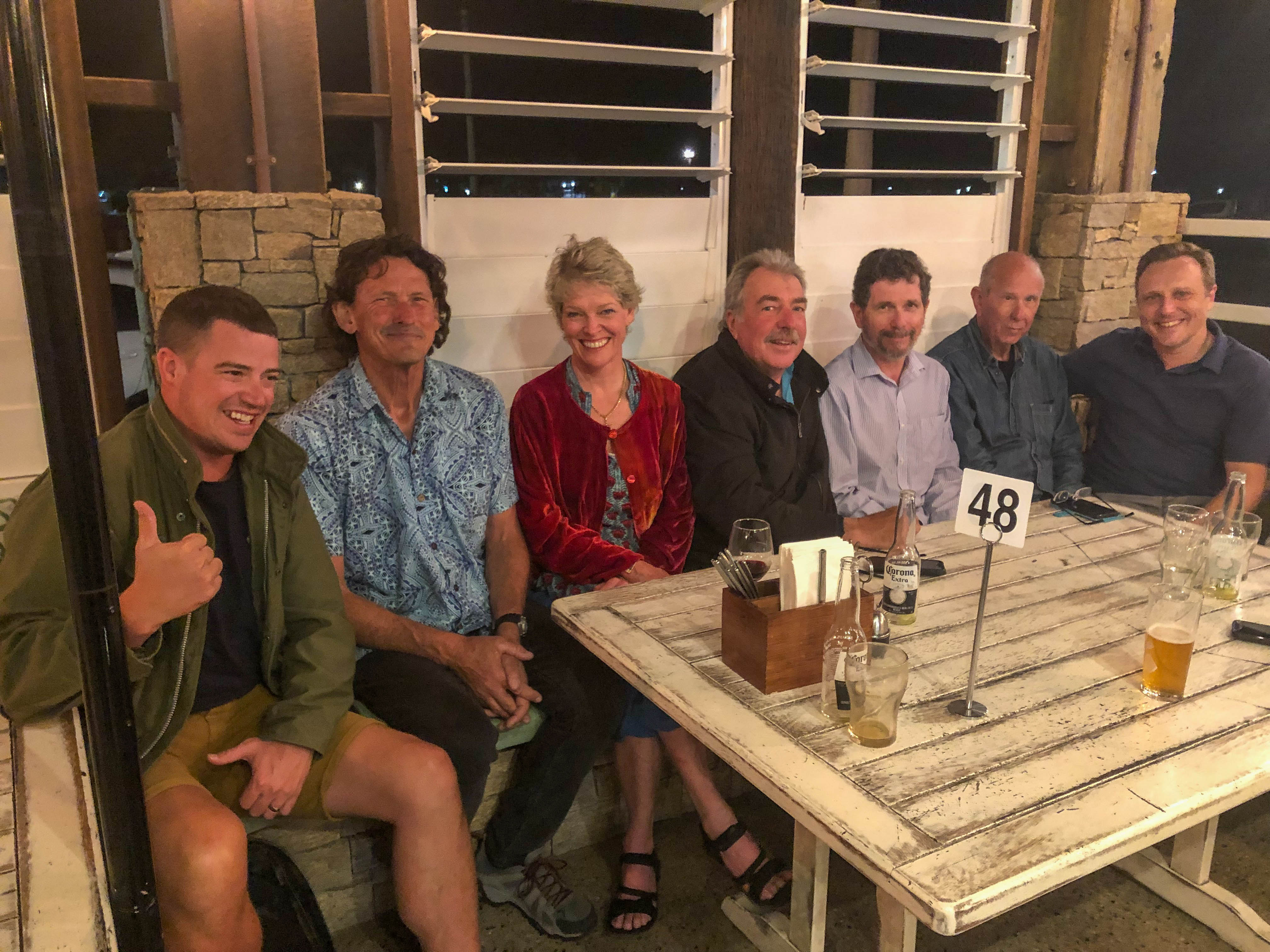
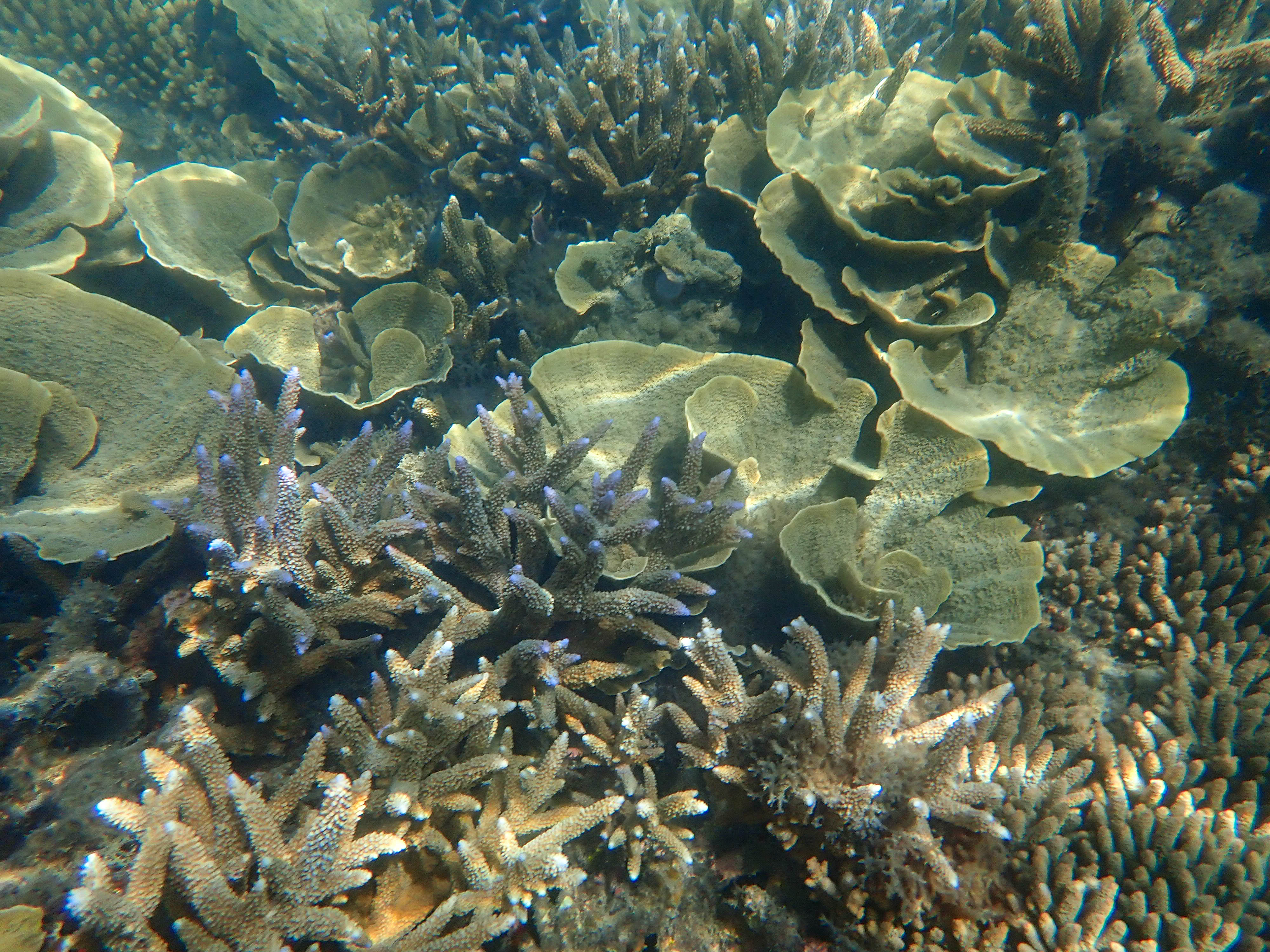
 Jennifer Marohasy BSc PhD has worked in industry and government. She is currently researching a novel technique for long-range weather forecasting funded by the B. Macfie Family Foundation.
Jennifer Marohasy BSc PhD has worked in industry and government. She is currently researching a novel technique for long-range weather forecasting funded by the B. Macfie Family Foundation.